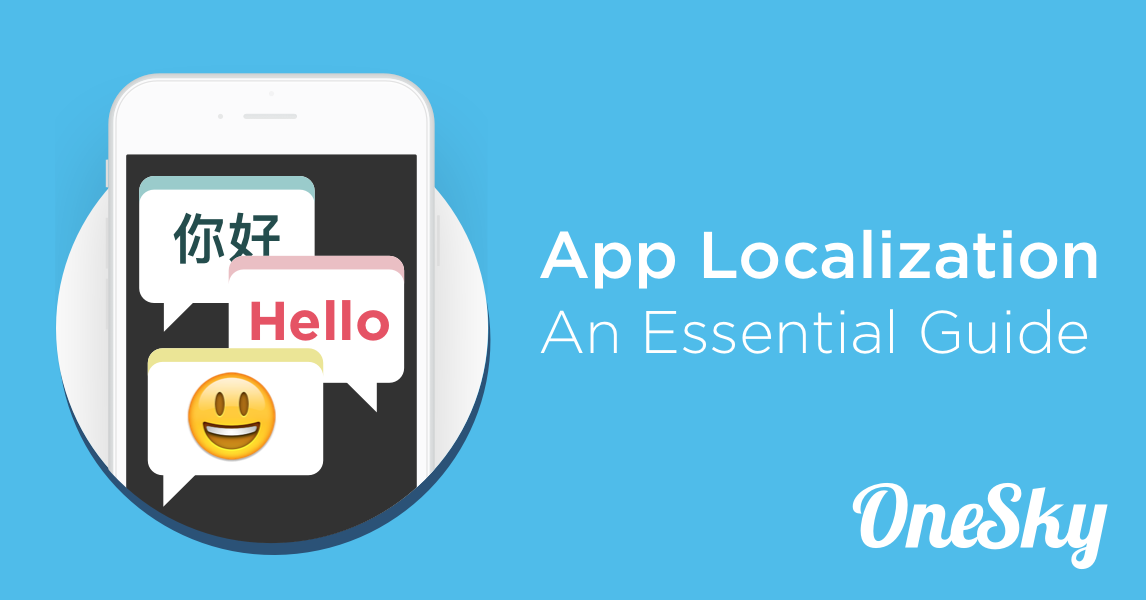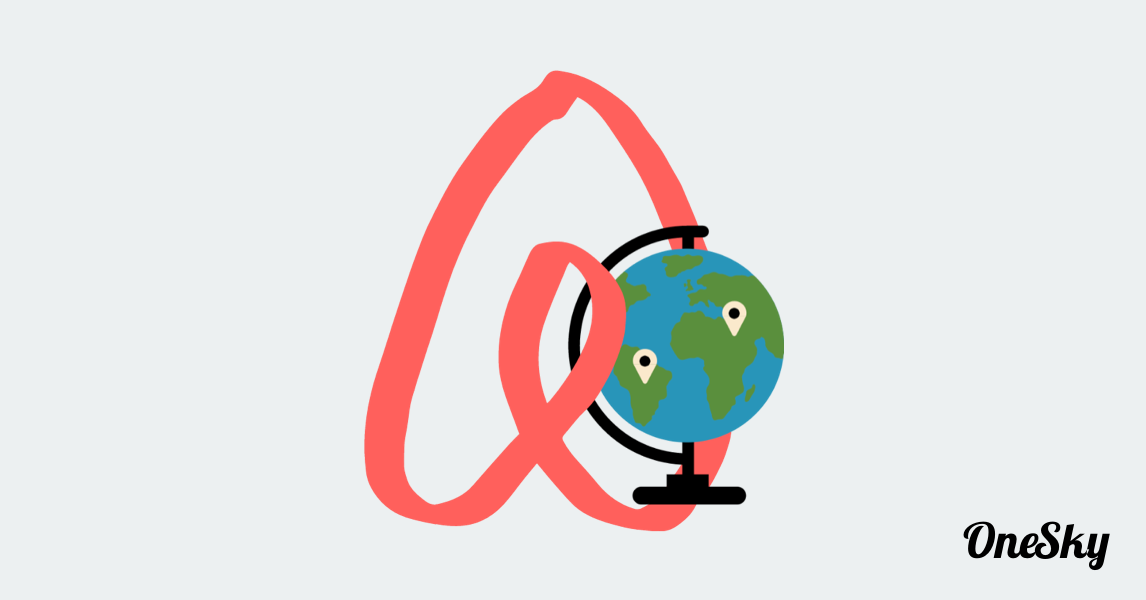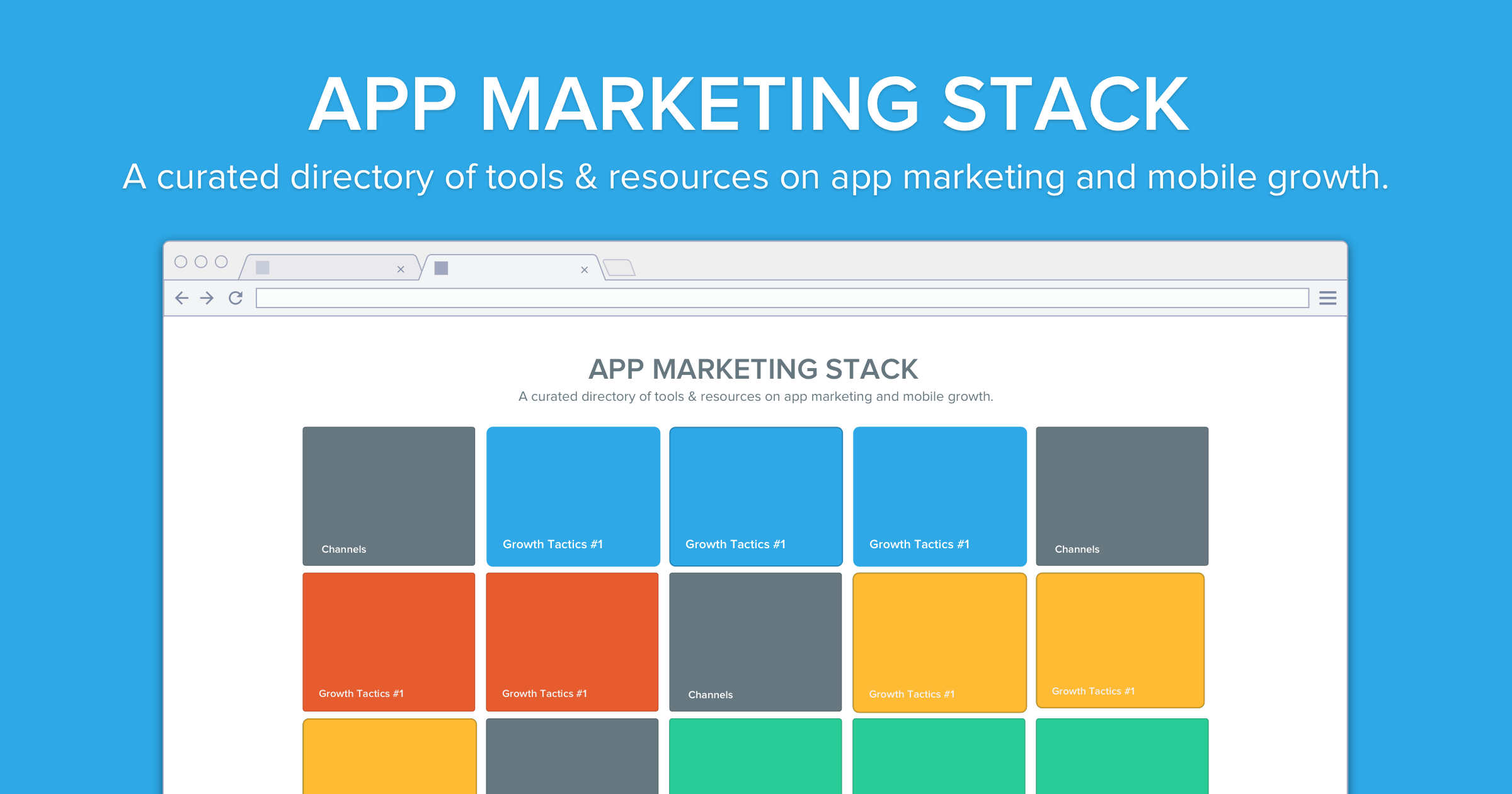
You work at a fast-growing startup. You’re aware that it’s time to expand to international markets—more users and bigger revenues are your top priorities right now. And you know the international market is lucrative: Google announced at I/O 2017 their goal of targeting Next Billion Users in emerging markets like India, Brazil, and China.
In fact, App Annie announced in their 2016 retrospective that the United States, China, and Brazil have more app downloads than the rest of the world combined.
So, how are you going to make sure you’ve covered these key areas?
Two words: app localization.
Think about it. If your app is already in English, and you add a few languages—well, changes are you’ll be able to reach more than half of the global market.
The data backs this up. According to Common Sense Advisory, a language industry consulting firm, 72.4% of global consumers prefer to use their native language when shopping online. And app analytics firm Distimo discovered that localized apps experienced, on average, 128% growth in download volumes after the native language was added—and that was just in the first week. In that same week, the revenue grew a promising 26%. Simply localizing an iPhone app’s keywords can yield a 767% increase in downloads, according to Make App Magazine.
In this app localization tutorial, we’ll go through the basic steps involved in the process. We’ll explain how to choose your target markets, how to prepare the materials, and the best way to translate your app. Note that this app localization tutorial is composed of excerpts from our comprehensive eBook The Essential Guide to App Localization. If you like what you’re reading here, download the eBook for more detailed walk-throughs, and tons of additional tips.
App Localization in 8 Basic Steps
1. Set your strategy
When it comes to localization, the first question is always, “Where should we go?” From looking at OneSky’s client base, we know that the top languages for app localization run the gamut, from Korean and Japanese to Russian, Latin American Spanish, and German. But just because a language is popular doesn’t mean that it’s the right choice for your app. Instead of rushing to translate your app into the ten most popular languages, think strategically.
In general, there are two main approaches:
Deep Localization
Pick only a few markets, but do them well: create tailor-made features, distribute in local channels, plan specific locally-launched campaigns, etc. This approach is called “deep localization.” A great example is Evernote’s entry to China, where Evernote committed to a full rebrand, from hosting within the country to localizing their customer services (check out this post to learn more).
If you have the financial resources to be investing in these types of local, offline campaigns, deep localization is a smart choice. It’s also worth the money when you are making O2O (online to offline) products or services.
Minimum Viable Localization (MVL)
If you want to reach a wider audience, or test for traction in certain markets, minimum viable localization (MVL) might be best for you.
In this strategy, the product is first simple made understandable to local users—usually, this means translating into the native language—and then you scale up the localization as reception widens. The agility of MVL makes it better for experimental cycles, because it’s a great way to test out the market potential of certain regions. It’s also good to try this strategy if your product has a lot of universal features such as productivity apps, utility apps, or mobile games.
2. Define the scope
Next, decide how much content you need to localize.
If you are going deeply into a few markets, you may need to localize everything you have. But if you are planning to just test some market potentials, you don’t have to invest as much at the beginning. It’s best to scale up your localization project. Here’s the order that we’d recommend:
- First, test the market potential. Just localize your app store listing, and see if there is any traction.
- If you find potential in particular markets, go for minimum viable localization—localize the app content and necessary user manuals.
- Strong local reception? Great. Commit to complete localization, including your landing pages, marketing materials, and social media content.
3. Choose your translators
Another important decision in the localization process is who should be doing the actual translation. The method you choose will have an impact on the cost structure, quality assurance, and efficiency. There are three main models:
In-house
With in-house translation, you recruit and manage a group of translators who are part of your company. Although it requires high initial investment, it can be cheaper in the long run and allows for smoother communication among PR, branding, marketing, and the localization team, leading to better quality. Setting up in-house translation makes sense when your company consistently needs large volumes of translation, or is highly concerned with the voice of the brand. In-house translation is also worthwhile if you are in a position to to easily recruit professional translators in your target languages.
Crowdsourcing
When your product has a large, diverse user base, it’s great to crowdsource your translation project to your users. This allows you to minimize cost and ensure that translations will be well-adapted to the local community—after all, they should know best. You do have less control over the timeline and risk lower quality overall, but some companies have used this method with great results. If you’re skeptical, take a look at WhatsApp; it depends mainly on its loyal users for all its translation needs.
Outsourcing
It is always possible to hire a Language Service Provider (LSP) to take care of your localization project. LSPs are available either on demand, or as a subscription service. Since these services use professional translators and have extensive quality assurance measures in place, you’re guaranteed a strong translation and a tight schedule, but you’re going to pay for it—literally.
Advanced tip: Combine different approaches
Each translation option has its pros and cons. But, by combining different translation approaches, you can take advantage of each of their strengths, and minimize the weaknesses. We’ve found that the strongest translation outcomes are often a result of a mix of crowdsourcing and professional translation. Have your users translate, and then hire professionals to review their work and catch any errors. Or, reverse that: hire professionals to translate, but let users vote on the translations, or tweak the translations to better reflect gamer language and culture.
4. Internationalize your app
So, you have your strategy in place, and you’re excited to hit a new market. But you won’t be able to localize your app immediately. To support multiple languages, you will need to create some new setups for your app, a process called “internationalization.”
According to W3C, “internationalization” is the design and development of a product, application, or document content that enables easy localization for target audiences that vary in culture, region, or language.
Here’s the general workflow of internationalization:
- First, extract UI strings from your app code. Separate the textual content into an external file. This will allow you to adjust the content without changing any of the code itself. This specific type of external file is known as a “resource file.”
- Make multiple resource files, and translate the text in each file. You will have one resource file for each language. Name and store each file appropriately, so that the system can understand which language each external file refers to. Now, when a user opens your app, the smartphone OS will load whichever language resource file is closest to the user’s language setting.
For tips, check out Apple’s “Internationalization and Localization Guide” and Google’s “Localization Checklist.” You should also check out OneSky’s Localization Academy to stay on top of the latest developments in internationalization strategies.
5. Prepare reference materials
While your engineers are preparing the code for localization, you should be preparing your translators—by sending them comprehensive reference materials. Reference materials are additional documents that you give to the translators, to help them understand the meaning of the source text better. There are a few kinds of reference materials:
Translation glossary
A translation glossary is a collection of the key terms in your source language. By providing a translation glossary, you ensure that the translations are consistent and you help tighten your brand.
Style guide
The style guide is what ensures that translators can capture not only the language of your brand, but also its voice. Rather than go over key terms—as the translation glossary does—the style guide explains the tone and presentation of your company’s content.
Check out our blog posts on translation glossaries and style guides if you want to learn how to best create these materials.
6. Use a translation management system
When you’re ready to begin translation, it’s important to have a good system to help you manage everything. Enter the translation management system (TMS).
Picture WordPress, but for content management. A TMS guides the flow of content through every step of the localization process, ensuring that project information is carefully tracked and smoothing the localization process greatly. A TMS allows you to automatically import and export resource files, which saves precious man-hours. It can send notifications to team members to keep them on track and to identify tasks in their early stages. And, in doing so, it gives a manager greater control over the project, while simultaneously ensuring that he or she doesn’t have to be constantly monitoring everyone’s progress.
In effect, a good TMS is a streamlined project hub. Instead of getting stuck in a tangle of spreadsheets and email attachments, you can easily see and direct the entire process.
7. Communicate with your translators
We often see companies fail to communicate with their translators or service providers—especially when outsourcing. That’s a big mistake. If translators can’t understand the source text completely, they won’t be able to translate it as well. Be sure to give translators as much context as possible; better communication leads to better translations.
Quality assessment materials can help catch translation mistakes. But it’s better to just prevent problems in the first place. Therefore, we recommend communicating closely with your translator, so you can solve problems together as they arise.
Tips for communicating with translators
- Assign a dedicated team member. That way, translators’ inquiries won’t accidentally fall through the cracks.
- Provide more examples. Often, translators ask questions because they want to be sure that they understand the exact meaning of the text. The more examples you give, the better sense the translators will have of the meaning and tone.
- Create a forum (crowdsourcing only). When you have a large translator community, you run the risk of spending a lot of time just answering translators’ questions. With a translator forum, the translators can solve some of the problems themselves.
8. Test the translations
To make sure your translations are working, we recommend on-device localization testing—basically, having someone test-drive your app.
The localization tester should obviously be fluent in the new language, but that’s not enough. She should also be familiar with the app, and willing to go through every single part of it. An ideal localization tester will tell you if the translation is bad—and so much more. She’ll tell you if the text doesn’t fit on the page, or places where your app might be lost on (or offensive to) local culture. Basically, she’s going to catch all the localization problems that you might have missed the first time around.
Getting started
To guide your on-device localization testers, prepare a set of instructions that detail which parts of the app you need to have tested. And remember: some screens, such as error messages, may need a special trigger. Show your testers how to trigger these, or grant them special access. Then, send the beta version of your app to the testers and set them loose. (Platforms such as Testflight and HockeyApp can be especially useful.) Good on-device localization testers will go through your app carefully and let you know if they catch any bugs: errors, UI display issues, untranslated strings, or unnatural translations. Then they’ll let you know what you need to fix. People with translation backgrounds tend to do a better job test-driving your mobile app, and can often help you fix the translation problems on the spot. Note that it’s fine if you want the same person who translated your app to test it, but keep in mind that sometimes a blind tester, who has never seen the app before, will do a better job
Wrap up
After test-driving the translation, it’s finally time. Launch your app, and announce the big news: your app can speak in more languages now!
By localizing your app, you’ve found a way to reach more audiences and provide a better experience for your non-English-speaking customers. Data has shown just how much a difference that effort can make, and we hope that you, too, will reap the rewards.
To learn more about the localization process, be sure to check out our full 53-page eBook, The Essential Guide to App Localization. In this eBook, we take you through the whole process in much more detail. We go step-by-step, from planning to implementation, and explain how you, as a product manager, can ensure the highest-quality localization and how to monitor the impacts of localization.
Subscribe to our newsletter so you don’t miss out on valuable localization resources!
About OneSky
OneSky provides seamless end-to-end localization solutions for thousands of mobile apps, games, websites, and businesses worldwide. We offer professional translation services in 50+ languages and a translation management system (TMS) with API integrations and plugins to streamline your workflow. We hire and carefully screen our own translators to ensure the highest control over quality. Using OneSky’s powerful QA features, cross-functional teams collaborate efficiently to deliver faster release cycles and higher quality translations. See how you can go global at www.oneskyapp.com



















































